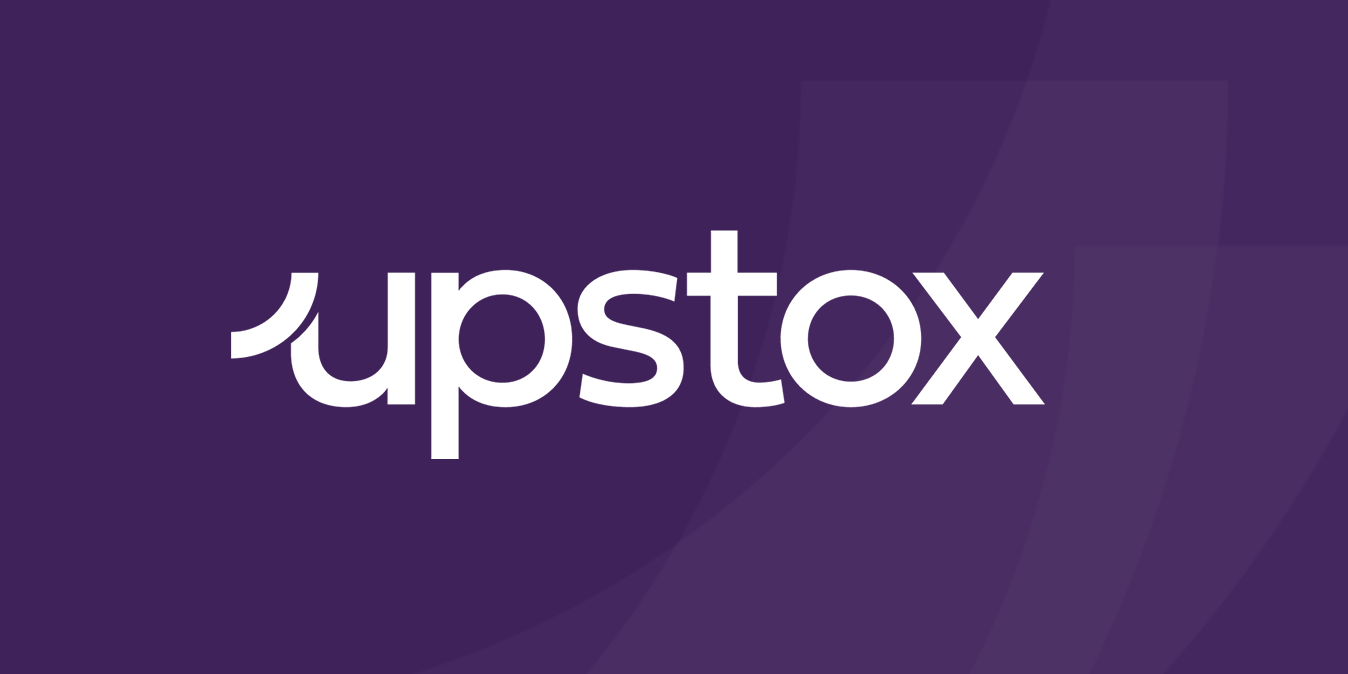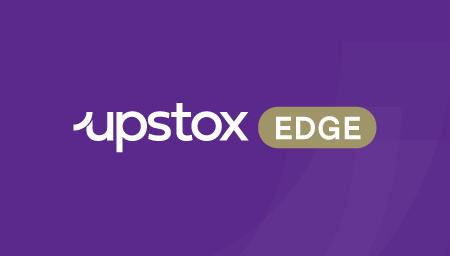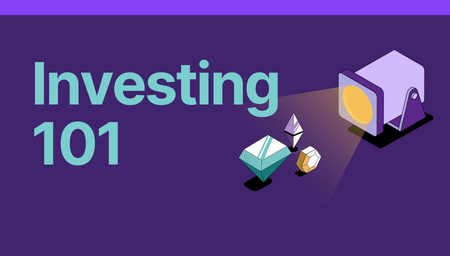Many events take place after the stock market closes. They can include a quarterly result of a large company or a government policy announcement. If the market is closed, we cannot see investors’ reactions. Though there can be a lot of debate about these events on news channels and social media when the market is closed. Price movements are honest reactions to announcements. Most complex developments are, generally, announced after market hours so that market participants have some time to ‘digest’ the news and then act on the information. But not all investors are well-equipped to process such information.
Sometimes interpretations of developments may be extreme. Different sets of investors act in different directions. A few investors expect the price of a stock to go up, while some expect it to fall. Sometimes, although market participants know the direction in which the share price is expected to move, they may not know the quantum of movement. This causes a lot of volatility in stock prices. In this process, many investors lose money.
To avoid such a situation and to ensure an orderly discovery of price in the most volatile times, the idea of a pre-open market session was introduced. Taking cues from global markets, a pre-open market session was introduced in the Indian stock market in October 2010.
What is a pre-open market session?
The normal trading hours of the cash segment in the stock market begin at 9:15 am. The pre-open market session starts at 9 am and goes on till 9:15 am. It has three sub-segments. Let us understand each of them:
1. Order entry session – 9 am to 9:08 am
In these eight minutes, market participants can place their orders to purchase or sell shares. They can offer to transact at market rate by placing a market order or they can offer to transact at a specific price by placing a limit order. Market participants cannot place ‘immediate or cancel’ orders. These orders need to clearly specify the quantity of stocks an investor wants to trade.
Market participants can modify or cancel their orders during this period. This order collection period ends any time between the seventh and eighth minute, by a system-driven random closure.
2. Order matching – 9:08 am to 9:12 am
In these four minutes, orders collected from market participants are confirmed and matched. During this period, market participants cannot place, modify or cancel their orders. After the orders are matched the opening price for the day is calculated.
While matching the orders, the following sequence is followed:
- Eligible limit orders are matched with eligible limit orders.
- Residual eligible limit orders are matched with market orders.
- Market orders are matched with market orders.
3. Buffer session – 9:12 am to 9:15 am
In these three minutes, abnormalities if any are ironed out. Pending orders in the system are transferred to the stock exchange with the original timestamp. These orders participate in the cash market, which begins at 9:15 am.
The pre-market session plays a key role in allowing market participants to discover the opening price of stocks in a controlled environment. Due to the auction method in the pre-open market session, market participants follow a measured approach while placing orders. It ensures that volatility is contained and the open price of stocks is computed without any influence of freak trades.
How is the opening price of a stock fixed?
The equilibrium price is declared as the opening price of a stock. It is the price at which the maximum number of shares were bought or sold. If by chance there are two or more such equilibrium prices, then the price which has the minimum unmatched order quantity is said to be the equilibrium price. In case, there is more than one price with the same unmatched (outstanding) quantity, the equilibrium price is the one which is closest to the previous day’s closing price.
In a situation where no equilibrium price is discovered in the pre-open session, all market orders are moved to the normal market at the previous day’s closing price.



